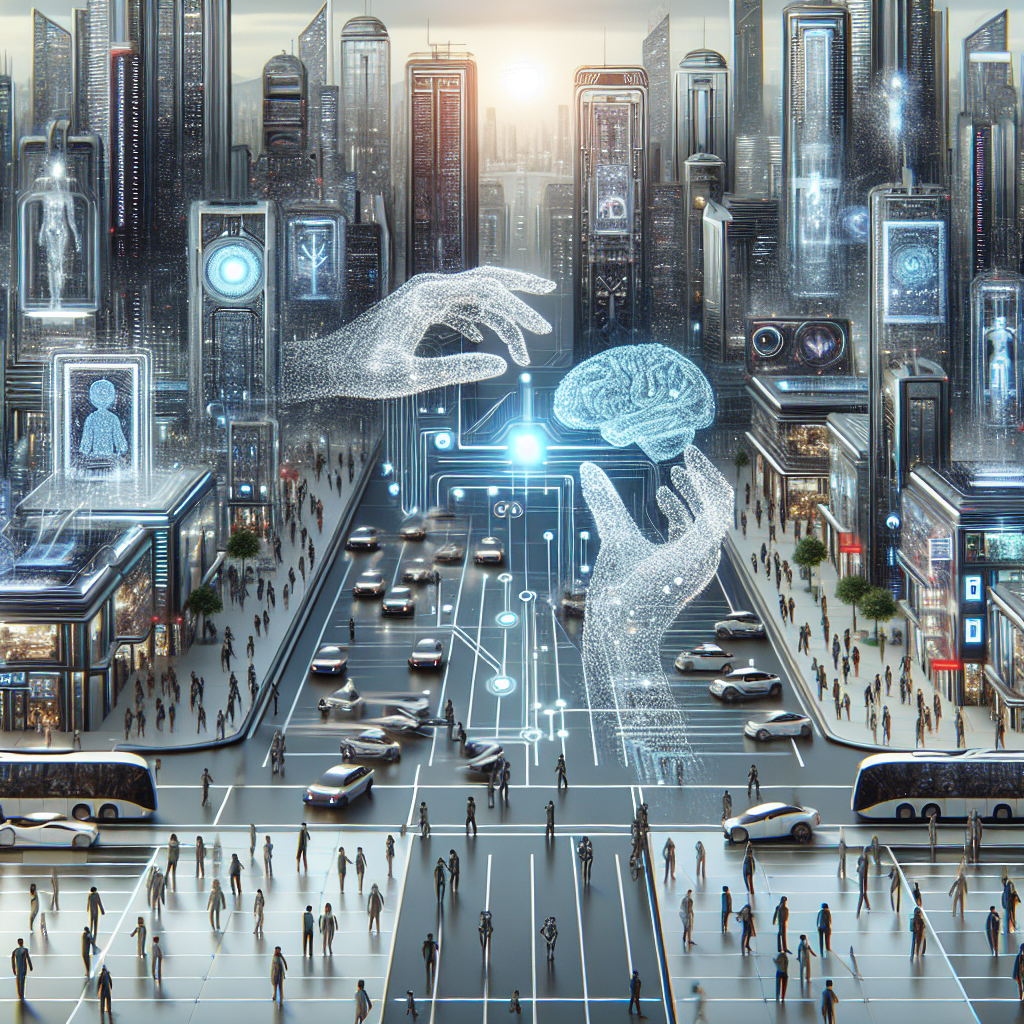In today’s digital age, technology plays a significant role in connecting people from all corners of the world. With the rise of social media platforms and communication tools, individuals can easily stay in touch with friends and loved ones, no matter the distance. However, as our interactions become increasingly mediated by technology, there is a growing need to design for social connection in a more intentional and meaningful way.
This is where artificial intelligence (AI) comes into play. AI has the potential to revolutionize the way we design for social connection by leveraging data and algorithms to create more personalized and engaging experiences. From chatbots that simulate human conversation to recommendation systems that suggest new friends or groups to join, AI is reshaping the landscape of social interaction.
One of the key ways AI is impacting social connection is through its ability to personalize user experiences. By analyzing user data and behavior, AI can tailor content and recommendations to suit individual preferences and interests. This not only helps users discover new connections but also deepens existing relationships by providing relevant and engaging content.
For example, social media platforms like Facebook use AI to analyze user behavior and preferences to create personalized news feeds and recommendations. By showing users content that is more likely to resonate with them, AI can help foster deeper connections and engagement within the platform.
AI is also being used to enhance communication between users. Chatbots, for example, are AI-powered virtual assistants that can engage in conversations with users in a natural and human-like way. These chatbots can be used to provide customer support, offer personalized recommendations, or even facilitate social interactions by suggesting conversation topics or icebreakers.
Additionally, AI-powered recommendation systems are helping users discover new connections and communities. By analyzing user data and behavior, these systems can suggest new friends, groups, or events that align with a user’s interests and preferences. This can help users expand their social network and find like-minded individuals to connect with.
In addition to personalization and communication, AI is also playing a role in detecting and preventing online harassment and abuse. By analyzing patterns of behavior and language, AI algorithms can identify potentially harmful or offensive content and take action to mitigate its impact. This can help create a safer and more inclusive online environment for users to connect and interact.
Overall, AI is changing the way we design for social connection by providing more personalized, engaging, and safe experiences for users. By leveraging data and algorithms, AI is helping to foster deeper connections, facilitate communication, and create a more inclusive online community.
FAQs:
Q: How can AI help design for social connection?
A: AI can help design for social connection by personalizing user experiences, enhancing communication, facilitating connections, and detecting/preventing online harassment.
Q: What are some examples of AI in social connection design?
A: Examples include personalized news feeds on social media, chatbots for customer support, recommendation systems for connecting users, and algorithms for detecting online harassment.
Q: How does AI personalize user experiences?
A: AI analyzes user data and behavior to tailor content and recommendations to suit individual preferences and interests, creating a more engaging and relevant experience for users.
Q: How can AI facilitate communication between users?
A: AI-powered chatbots can engage in conversations with users in a natural and human-like way, providing support, recommendations, and even suggesting conversation topics.
Q: How can AI help prevent online harassment and abuse?
A: AI algorithms can analyze patterns of behavior and language to identify potentially harmful content and take action to mitigate its impact, creating a safer online environment for users.

